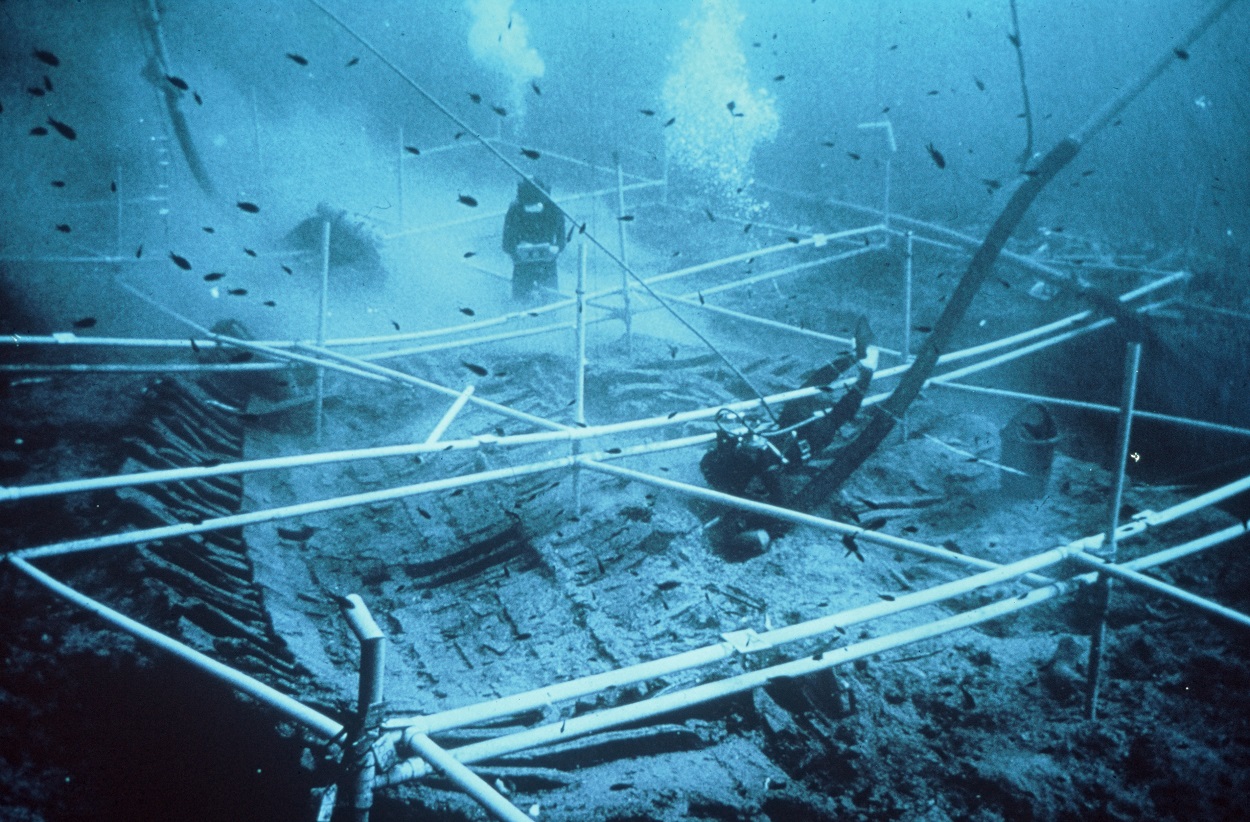A new study, published in the open-access journal PLOS ONE, has applied new radiocarbon calibration techniques to date the Kyrenia shipwreck.
The Kyrenia is an ancient Greek merchant ship discovered off the coast of Cyprus in 1965. The wreck was found preserved with more than half its hull timbers intact, providing a unique insight into ancient Greek shipbuilding during antiquity.
Underwater excavations uncovered 391 amphorae at the wreck site, containing cargo such as wine, olive oil, and almonds. Archaeological evidence suggests that the ship’s final voyage took place around 300 BC. However, this date does not align with radiocarbon dating of samples taken from the wreck site.
According to the study authors, this discrepancy is due to outdated radiocarbon calibration data that can be distorted due to variations in atmospheric carbon over time. As radiocarbon dating techniques have improved, some time periods within the current Northern Hemisphere calibration curve have yet to be updated.
In this new study, the researchers applied new samples and modern dating techniques to revise the calibration date. This has revealed a new date of the ship’s last voyage to 280 BC, corresponding to around the same period that the archaeological evidence indicates.
“We are excited to apply scientific techniques to date the famous Kyrenia Ship a little over 2300 years ago. Central to the history of ship technology and maritime trade in the classical Mediterranean, the methods we use to date the ship – and solutions to various technical challenges we had to overcome – will now help date other shipwrecks and better inform the history of ancient seafaring,” said the study authors.
The authors also applied the new radiocarbon calibration curve to radiocarbon dates from another Greek ship, the Mazotos ship, and estimated an age around 370 BC for the last voyage, again slightly later than indicated by previous research.
Header Image Credit : Kyrenia Ship Excavation team – CC-BY 4.0
Sources : Manning SW, Lorentzen B, Bridge M, Dee MW, Southon J, Wenger M (2024) A revised radiocarbon calibration curve 350–250 BCE impacts high-precision dating of the Kyrenia Ship. PLoS ONE 19(6): e0302645. https://doi.org/10.1371/journal.pone.0302645





